Over a nearly 40-year career as one of rock music’s top photographers, Lynn Goldsmith has looked down the lens at nearly every big name in the business: David Bowie, James Brown, Bob Dylan, Michael Jackson, Mick Jagger, Madonna, Bob Marley, Tom Petty, Keith Richards, Linda Ronstadt, Paul Simon, Patti Smith, Bruce Springsteen, Ringo Starr, Sting, Tina Turner, Frank Zappa, and many, many more.
Her work has appeared on the covers of dozens of national magazines, including Rolling Stone, Life, Newsweek, People, and Penthouse, as well as a score of legendary record albums.
But in her latest book, Rock and Roll Stories, Goldsmith, AB/ABEd ’68, balances the compelling images of world-famous icons with a frank and funny account of her youthful adventures in the years leading up to her fame as a photographer. Memories of Detroit, where she was born, figure prominently in the tale. As do her recollections of Ann Arbor, from the time after her parents separated when she would come to town to visit her father, to later when she was an undergraduate at the University of Michigan.
“When I was a little girl and my parents were divorced, my dad moved to Texas,” she recalls. “But before that he moved back to Ann Arbor where he owned an engineering company, and that’s where I spent my weekends.”
It was in her father’s darkroom in Ann Arbor that Goldsmith first experienced the wonder of photography. She watched transfixed as he dunked a plain white sheet of paper in a pan of water and an image of herself slowly appeared as if by magic. Before long she was making her own pictures with a Baby Brownie, creating surrealist still-lifes of dolls dressed in homemade costumes with swapped body parts. Her father was so impressed that he got her a more adult Isola. Together they shared a passion for making images, a passion that would stay with Goldsmith throughout her life.
Meet the Beatles
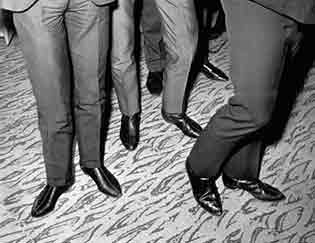
When given the opportunity to photograph the Beatles in 1964, Rolling Stones fan Goldsmith was more enamored of their signature footwear than the Fab Four, themselves. (Image by Lynn Goldsmith.)
Her first big opportunity to photograph rock stars came with the biggest of them all. It was 1964 and she was 16 years old, living in Miami Beach with her mother and stepfather, when the Beatles came to town to do the “Ed Sullivan Show.” Goldsmith’s stepfather worked some connections to gain her access to the press conference in the lobby of the Deauville Hotel. She was a fan of the Rolling Stones—back then you couldn’t like both, she says—and went just to please her stepfather.
She wasn’t much impressed with the four goody-goody mop tops. But she did like their boots, so that’s what she snapped a picture of. (Asked now if she regrets not having aimed the camera a bit higher, she laughs and says simply, “Yes.”)
At this point Goldsmith had no notions of becoming a professional photographer, and when she enrolled at the University of Michigan in the fall of 1965 it was to study English and psychology. A bright and conscientious student, she’d also been accepted at Radcliffe (in those days the feminine alter-ego to all-male Harvard) but chose to attend her father’s alma mater.
Goldsmith remembers: “I was out of state, so even though my dad was an alumnus, I still had to come and have a meeting and tell them why, you know, and explain my great desire to go to school there.”
Lust for life
Once in Ann Arbor she was quickly swept up in the city’s burgeoning alternative scene. Michigan was already one of the country’s most politically radical campuses and was rapidly becoming an epicenter of the cultural revolution as well.
Goldsmith embraced the revolution with both arms. She burned her bra, protested the Vietnam War, sang in a rock band, served time in the Washtenaw County Jail on a (bogus) drug charge, and became a trendsetting fashionista among the hip anti-establishment crowd.
“There were the very collegiate preppy people, and then there was us,” she laughs. “You sort of knew who people were by the way they dressed. I wore things like high black boots and a pea coat, and you know, pea coats weren’t all that popular then. You bought them at Salvation Army stores. If I wasn’t wearing my military outfit, I would wear bell-bottomed blue jeans, which nobody had then, not even in Ann Arbor. My sister got them for me in New York. Bell-bottomed jeans and really tall shoes because the jeans came low.”
One of her closest friends in Ann Arbor was Jim Osterberg, a University of Michigan dropout who later rose to fame as the shock-rocker Iggy Pop. “Everyone thought Iggy was very hip,” says Goldsmith. “Everyone thought I was really hip, but what Iggy and I never told anyone, including each other, was that we were both virgins.”
Iggy Pop secretly a square? It’s true.
“Iggy was my best friend and we’d do things like climb trees together,” explains Goldsmith. “Then one day—I can’t remember what happened, but we kissed and then we stopped talking to each other. About six months later, it was a spring day and I was getting some sun on the Diag. Iggy came over and sat down next to me and we both started laughing. We talked about how we’d been avoiding each other because we were afraid to tell each other we were virgins. After that we went back to being friends.”
Even when she tried to be conventional, Goldsmith couldn’t help doing it her own way. In 1966 she was a finalist in the university’s first-ever homecoming queen contest. She remembers doing well until the talent portion of the competition. “I tried looking like what I thought a homecoming queen would look like. But then I sang a song I wrote about racism. I don’t know if it was my voice or my words, but [the song] was not the cup of tea the judges were looking for.”
Somehow she also found time for her studies. “All I remember is that I would not go to class that much because I was in a band and I had rehearsals. I’d cram the night before an exam, and as soon as it was over, I would empty my brain.”
It was a strategy employed by many, but not often to such good effect. Goldsmith graduated magna cum laude, a year early, and with two degrees (from LS&A and the School of Education). “I really wish I could go to school there now,” she says, “when I would appreciate my education, as opposed to trying to learn everything only to pass an exam.”
School’s out
Part of the deal Goldsmith made with her stepfather for helping with the drug charge was that she would teach school for at least six months. (She had been working toward a degree in secondary education, after all.) So after graduation she went back to Miami Beach and worked as a substitute teacher at her old high school. But as soon as the time was up she made tracks for Southern California and then the Big Apple, where she talked her way into a marketing job with Elektra Records.
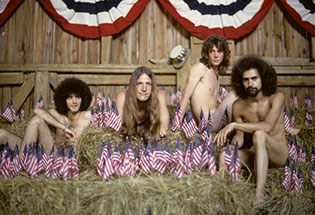
Goldsmith worked closely with the band Grand Funk, co-managing, marketing, and art directing, as well as convincing the group to strip down for this infamous shot. (Image by Lynn Goldmsith.)
Feeling stifled by the corporate atmosphere at Elektra, Goldsmith eventually struck out on her own. She found early success in music video, first with Joshua Television (an early forerunner in large-screen video projection during live performance), and then as a director on ABC’s late-night showcase “In Concert.”
In 1973 she went to work for fellow Michigan natives Grand Funk Railroad, not only chronicling the band’s exploits on film but also designing their stage shows, art directing their albums, and marketing them as “an American band.” Before long she was serving as the band’s co-manager.
But photography always remained Goldsmith’s true calling. An instinctive understanding of celebrities enabled her to capture their essential magnetism in creative and compelling ways (see slideshow, above). Ultimately she created an agency focused on celebrity portraiture, representing some 200 photographers worldwide. Goldsmith sold the agency after 25 years, but she still promotes rock photography through a fine art site that showcases and sells work by Henry Diltz, Bob Gruen, and others.
With dozens of new projects in the works and an amazing career to look back on, Goldsmith still counts her Michigan days among the most important in her life.
“I feel like I have a strong connection, not just to Detroit where I was born and spent the formative years of my life, but particularly to Ann Arbor because that college period of one’s life—leaving home for the first time—you never forget things like that, and [you never forget] the friends you make who become your new family.”

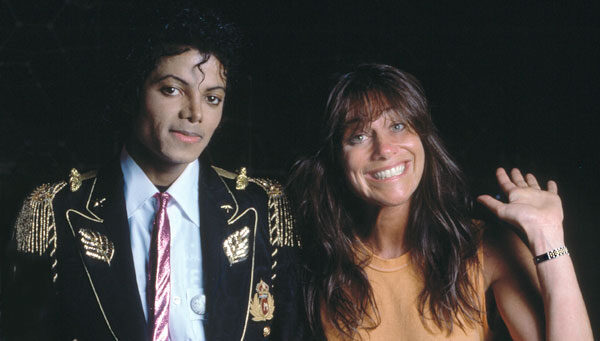


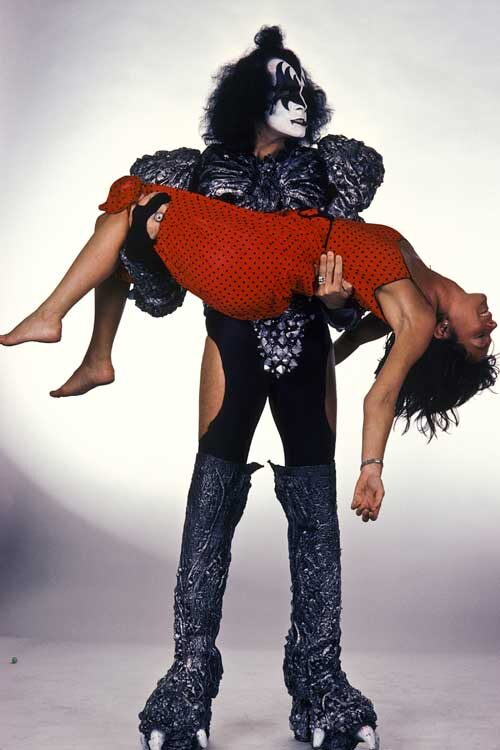
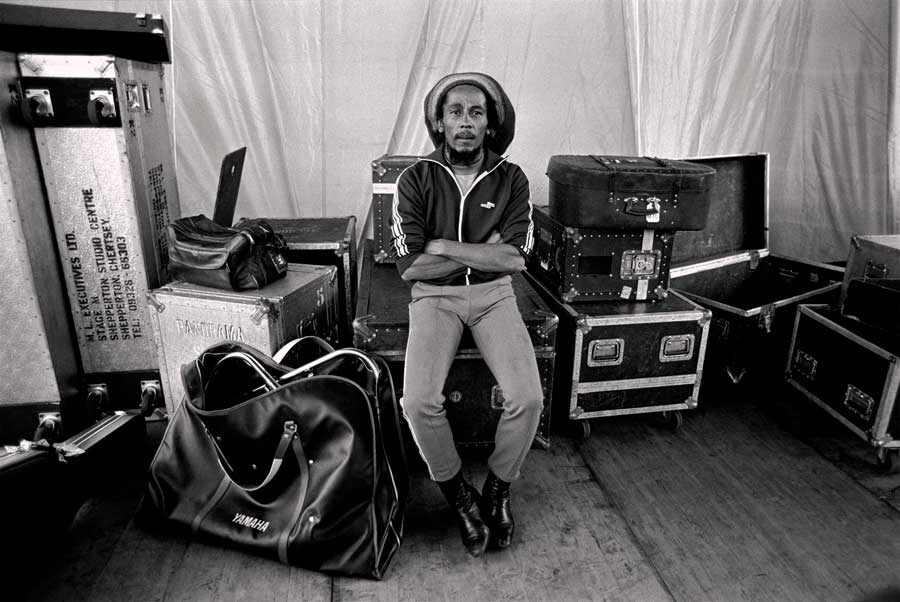
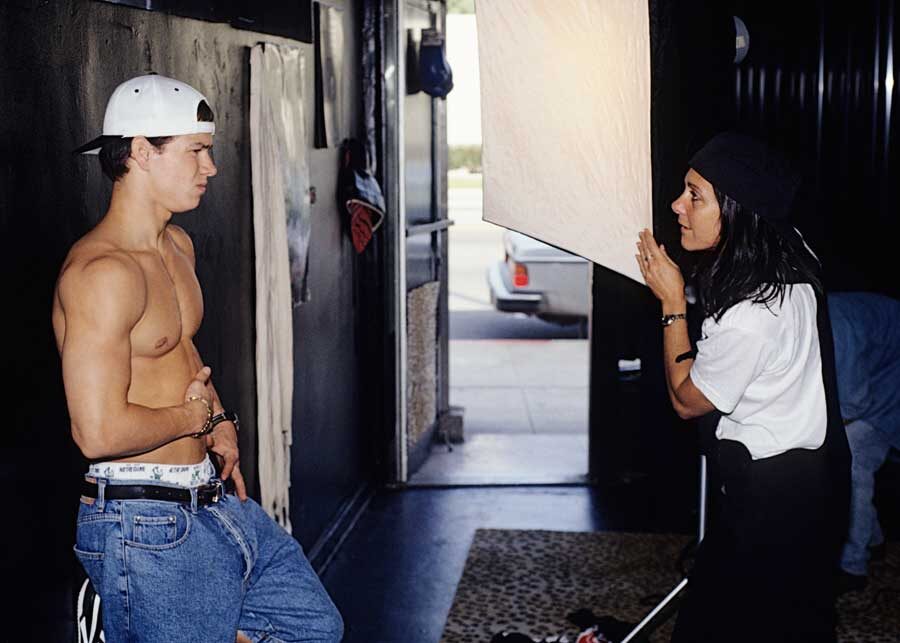
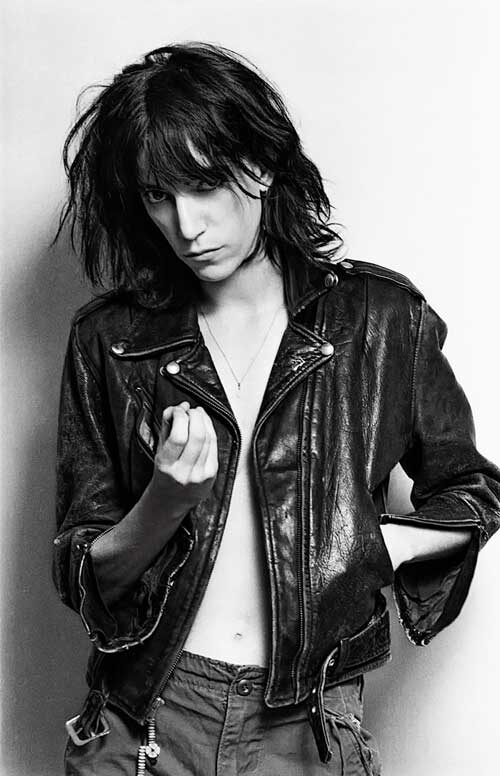
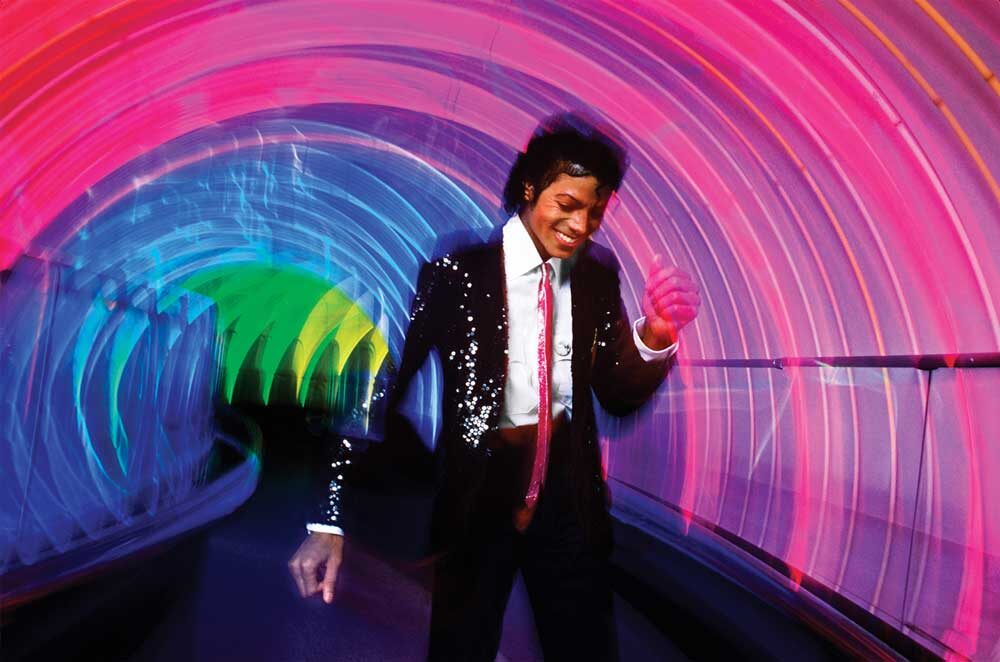



richard stocker - 65
Years before I was running along the bottom of the stage with Lady Goldsmith taking photographs of the Stones in ’67 we attended a Summer camp in Northern Michigan. I can attest to Lynn’s cheerful funny smile since childhood. While I became one of the photographers for The Fifth Estate and Trans Love Airways in Detroit Lynn remained active as a image maker of rock stars. I visited her groovy attack apartment in
Ann Arbor and showed up in New York to witness her magnificent studio. Lynn is the real deal with it comes to talent and personality while holding a camera. It shall ever tickle me to know that my old friend has preserved the spirit of Rock an Roll. Tell your story girl !!
Reply
Christopher Weil - 1984
Lynn Goldsmith has a true calling and i was lucky enough to help in some of her ideas as a freelance assistant for a couple of years. She has a great energy and her quirky way of getting the most of a photographic opportunity was clear. She is creative but also has quite the business mind.
Reply
Maureen Anderman - 1968
Howie Weinblatt and I were responsible for that first Homecoming Queen event, as well as using female cheerleaders for the first time.
I remember Lynn and her exotic beauty and have followed her through the years. So impressed then and now! (Chris Anderson was the first ” Queen ” but how I wish I could hear Lynn’s song today.)
Reply
David Bullard - 1967
Seeing Lynn from afar at parties in Ann Arbor, to me she was an avalanche of allurement. Intimidated, I flunked asking her out. I only (reading this piece) realized we were at the same magnificent Stones’ 1967 concert, so I’ll
re-memory it as a “group date,” changing my grade to an incomplete. (Maureen, who commented above, was very kind to my 21-year-old daughter Anna who joined the acting scene in New York 2001. Thanks again, Maureen!)
Reply